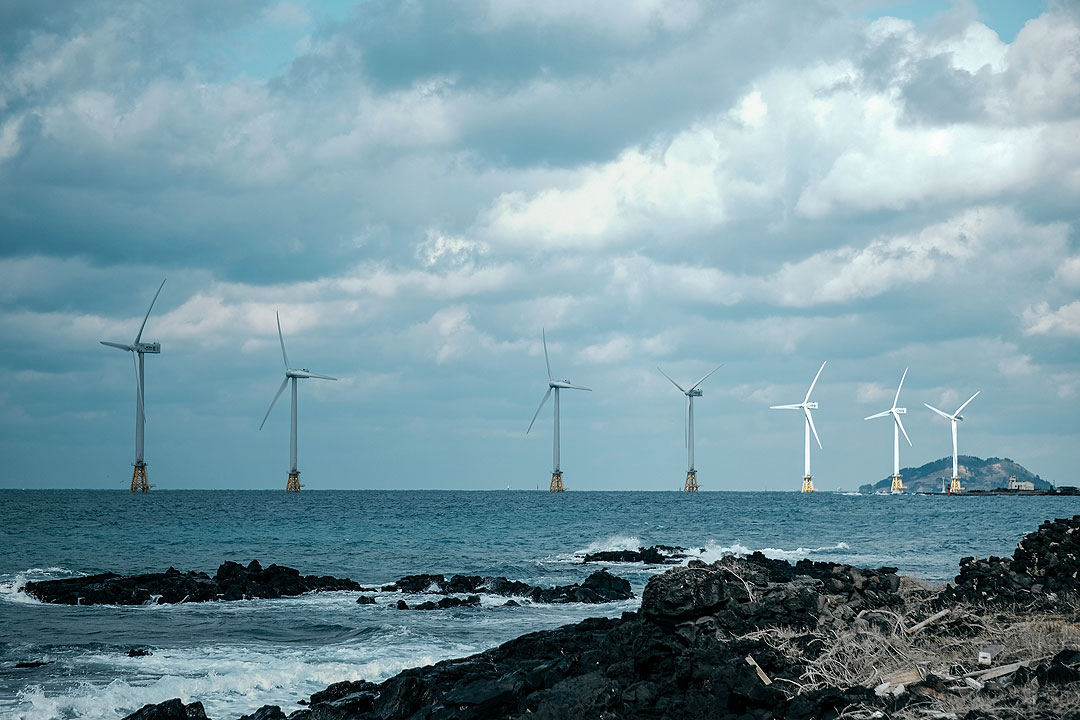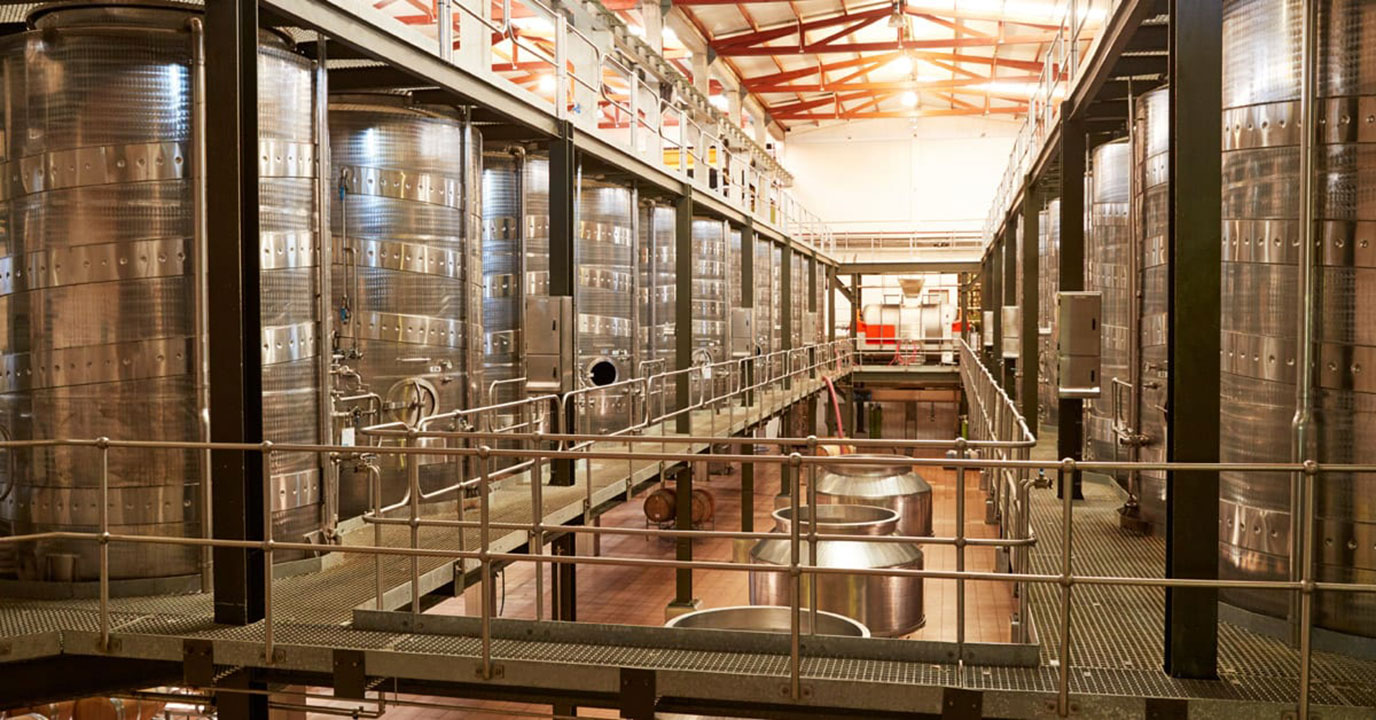
Upgrade to High-Speed Internet for only ₱1499/month!
Enjoy up to 100 Mbps fiber broadband, perfect for browsing, streaming, and gaming.
Visit Suniway.ph to learn
 INSUNG YOON-UNSPLASH
INSUNG YOON-UNSPLASHSTATE-RUN Philippine National Oil Co. (PNOC) plans to develop an offshore wind (OSW) integration port to support power generation by 2028.
“PNOC has been actively exploring the most suitable, feasible, and fastest way to have the offshore wind port ready for use by OSW developers,” Ma. Rowena C. Raymundo, PNOC’s senior vice president for energy investments, said in a Viber message last week.
The state-run firm has signed a memorandum of understanding with the provincial government of Batangas to explore developing an offshore wind integration port in the province.
Under the agreement, the parties will conduct scoping and feasibility studies, technical assessments, and data-sharing efforts to evaluate the project’s viability.
“At present, we are considering another property, also in Batangas, which may be more suitable due to its larger and flatter area,” Ms. Raymundo said.
She added that PNOC is assessing whether to develop the port independently or through a private partner. The company is also considering a straight lease business model for purely commercial use.
“While PNOC can allocate its own funds for this purpose, we believe a partnership with private investors with a proven track record in OSW port development would be most ideal,” she said.
The Philippines aims to generate its first offshore wind output by 2028 as part of efforts to diversify its energy mix and reduce reliance on fossil fuels.
“PNOC is committed to supporting the national goal of having the first kilowatt-hour from OSW by 2028,” Ms. Raymundo said.
“Despite the challenges, the DoE’s (Department of Energy) implementing arm is pursuing all means to advance OSW port development, recognizing that this infrastructure is one of the most critical gaps in the country’s OSW development,” she added.
Developing an OSW marshaling or integration port — used as a staging ground for assembling wind turbines — would require an estimated $100 million, she said.
PNOC initially planned to repurpose its port in Mabini, Batangas, for offshore wind integration, with at least three firms expressing interest in investing.
To date, the DoE has awarded 92 offshore wind energy service contracts with a potential capacity of 69,056 megawatts. — Sheldeen Joy Talavera




